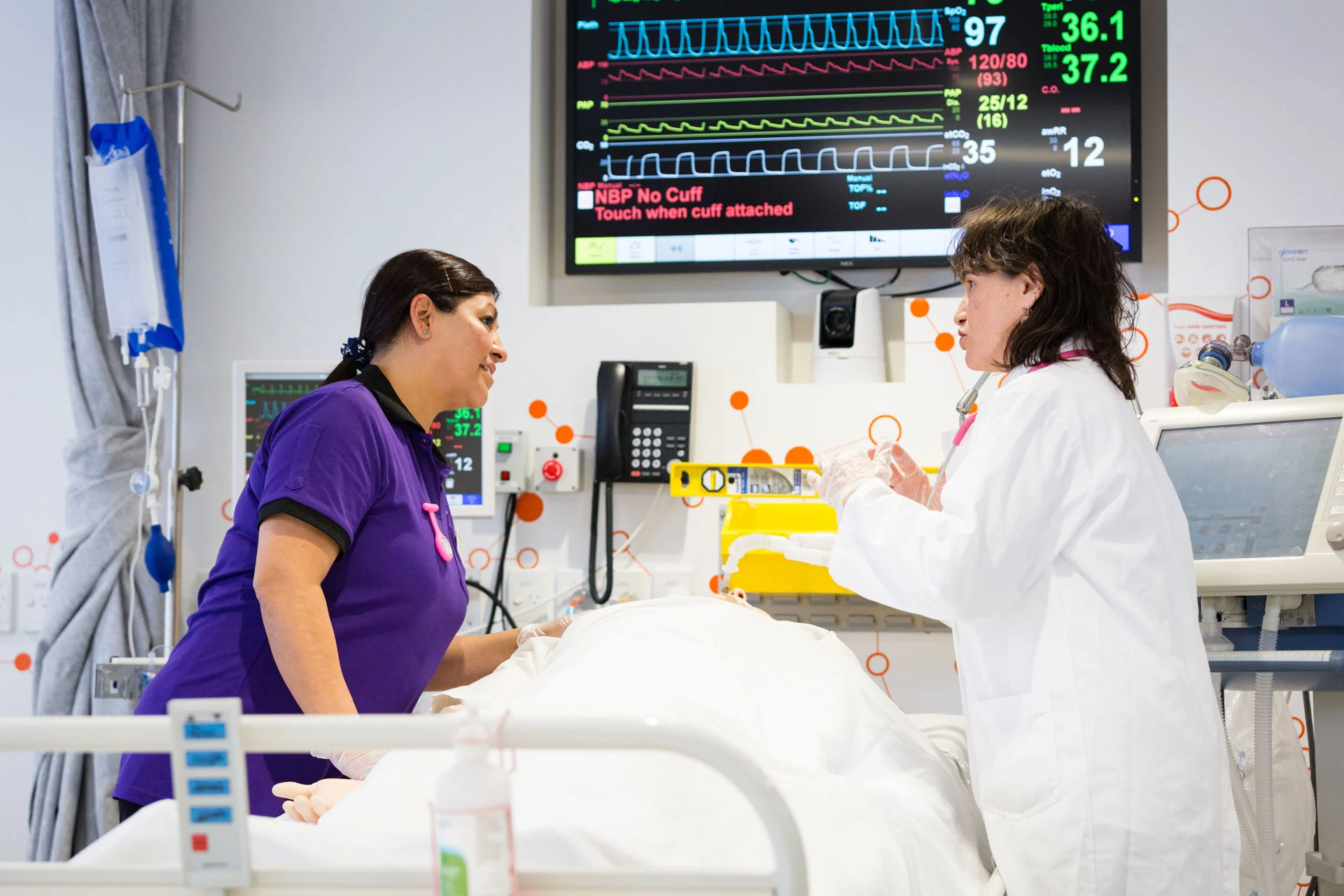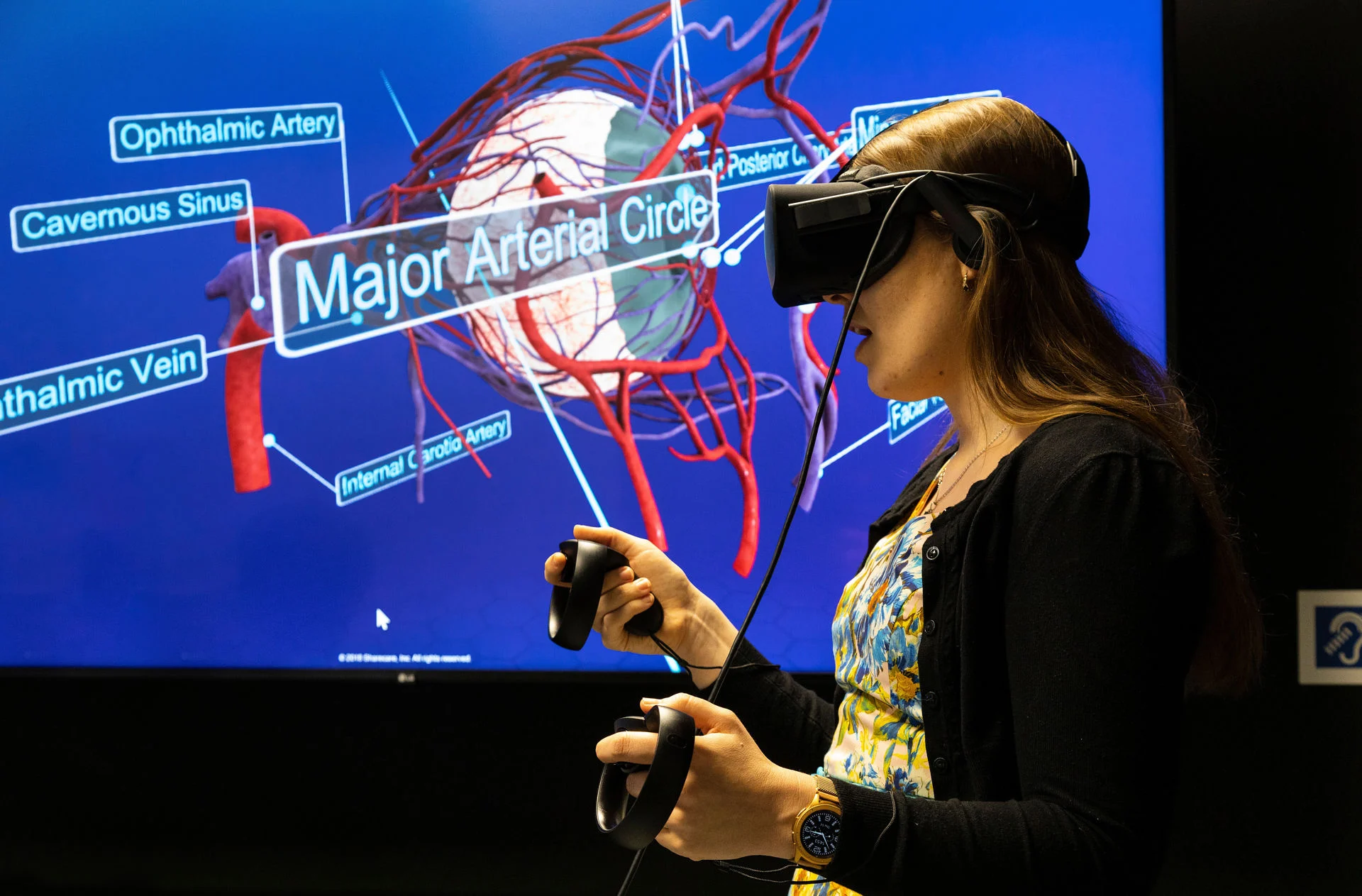The UTS Faculty of Health offers a comprehensive range of simulation technologies, enabling health students to develop their clinical and technical skills in realistic, risk-free environments.
From basic low-fidelity equipment to advanced high-fidelity simulators, these facilities provide students with invaluable hands-on experience.
Our extensive facilities include:

Clinical laboratories
Nursing and Midwifery students at UTS practice their clinical, technical and patient assessment skills in fully equipped clinical laboratories located on the UTS City campus.

Graduate School of Health facilities
This purpose-built facility supports the Graduate School of Health's interprofessional approach, preparing the next generation of allied health professionals in a collaborative, state-of-the-art environment.

Sport and Exercise facilities at the Moore Park precinct
Located at the Rugby Australia Building, UTS Sport and Exercise students train alongside elite athletes. This facility is a result of a partnership between UTS, Rugby Australia, and the Sydney Cricket and Sports Ground Trust.
Tour our facilities
Student computer space
A comfortable student space equipped with computers and power points for laptops is open for students every day between 8am and 10pm.
Nursing and midwifery control room
The control room looks out through the one-way glass into two teaching spaces.
Maternity and Children's lab
One of four labs that is able to be set up for midwifery and children's nursing, this lab is currently set up as our maternity and paediatrics space.
Scrub room
Simulated scrub rooms are adjacent to clinical labs 1-5, allowing for realistic preparation for clinical practice in class.
Clinical lab 3
One of our flexible clinical education spaces with beds and adjacent simulation control room.
Clinical lab 4
Like the others, this flexible clinical space has easy-to-move furniture to allow small group activity as well as beds and adjacent simulation control.
Clinical labs 6/7
Operable walls and provision for simulation bays make this multipurpose space suitable for a wide range of large and small group exercises.
Clinical lab 8/9
With the operable walls pulled back, this becomes our largest clinical laboratory with provision for simulation bays and a range of flexible layouts.
Health Nursing and Midwifery Clinical Spaces
See our labs in 360 view – click on the screen to look around!
Nursing Clinical Lab
Come along to explore our clinical labs and simulation units, and discover the state-of-the-art facilities available to UTS Nursing students.
Midwifery Clinical Lab
Come along to explore our clinical labs and simulation units, and discover the state-of-the-art facilities available to UTS Midwifery students.
Sport and Exercise facilities
Explore the UTS Rugby Australia Building at Moore Park, and discover our state-of-the-art facilities available to Sport and Exercise students.
